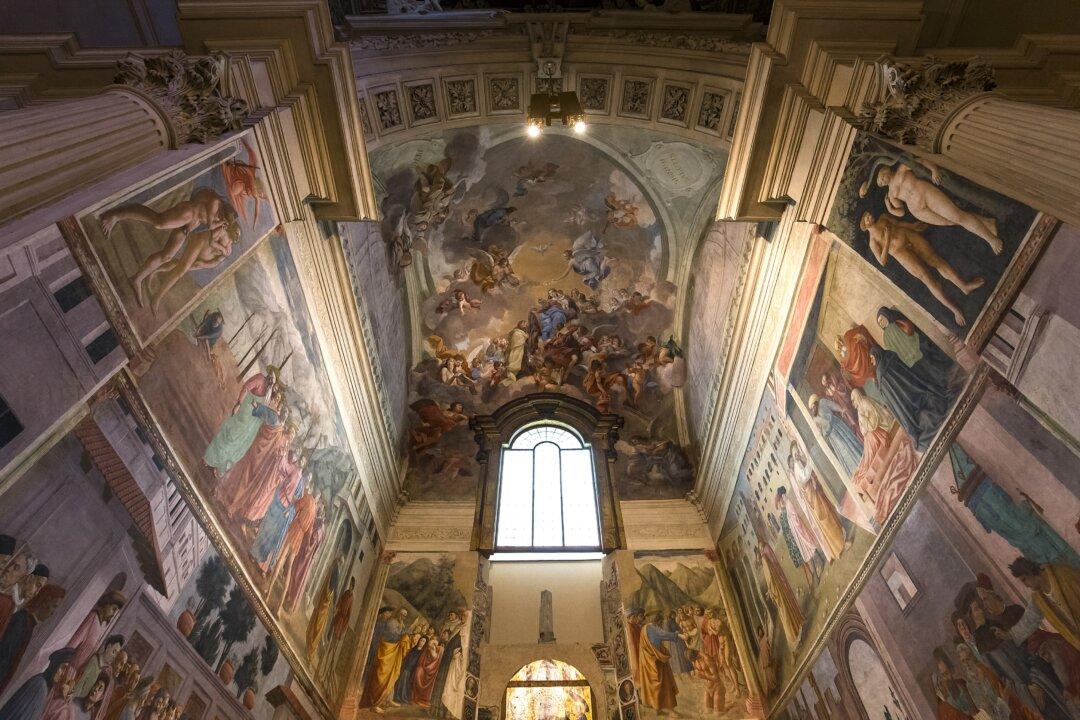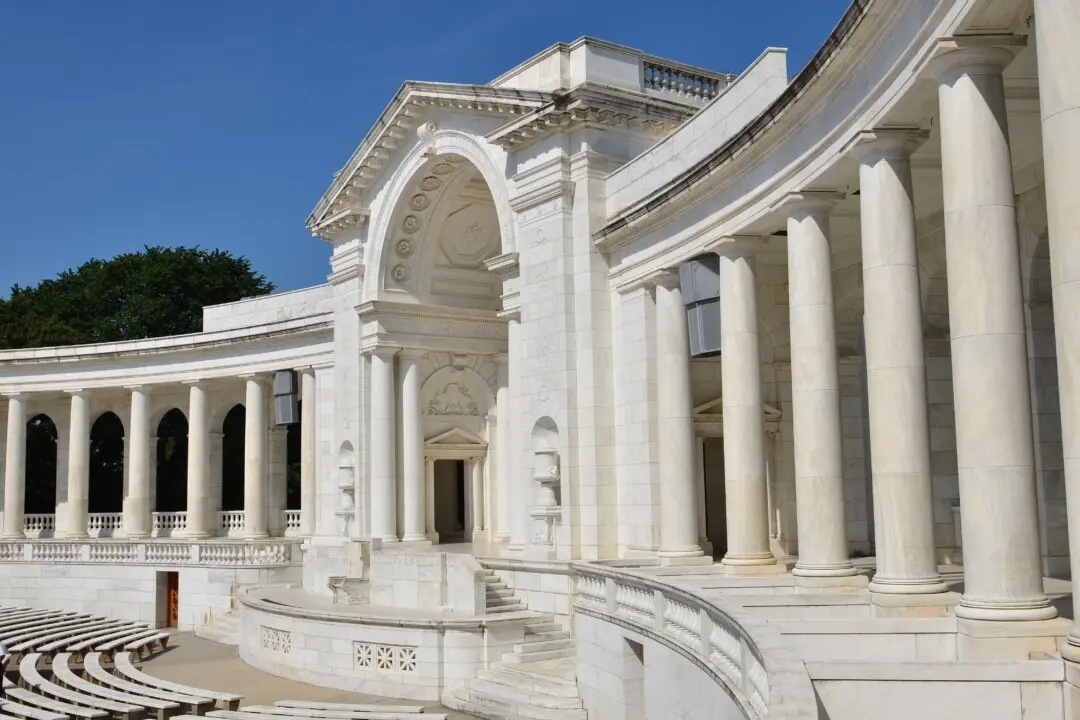FLORENCE, Italy—The Brancacci Chapel of Santa Maria Carmine in Florence is where you’ll find one of the most important fresco cycles of the early Italian Renaissance. It’s important not because of the subject matter, but because of the innovative techniques that Tommaso di Ser Giovanni di Simone, known as Masaccio, employed to paint the life of St. Peter.
Lorraine Ferrier writes about fine arts and craftsmanship for The Epoch Times. She focuses on artists and artisans, primarily in North America and Europe, who imbue their works with beauty and traditional values. She's especially interested in giving a voice to the rare and lesser-known arts and crafts, in the hope that we can preserve our traditional art heritage. She lives and writes in a London suburb, in England.
Author’s Selected Articles






